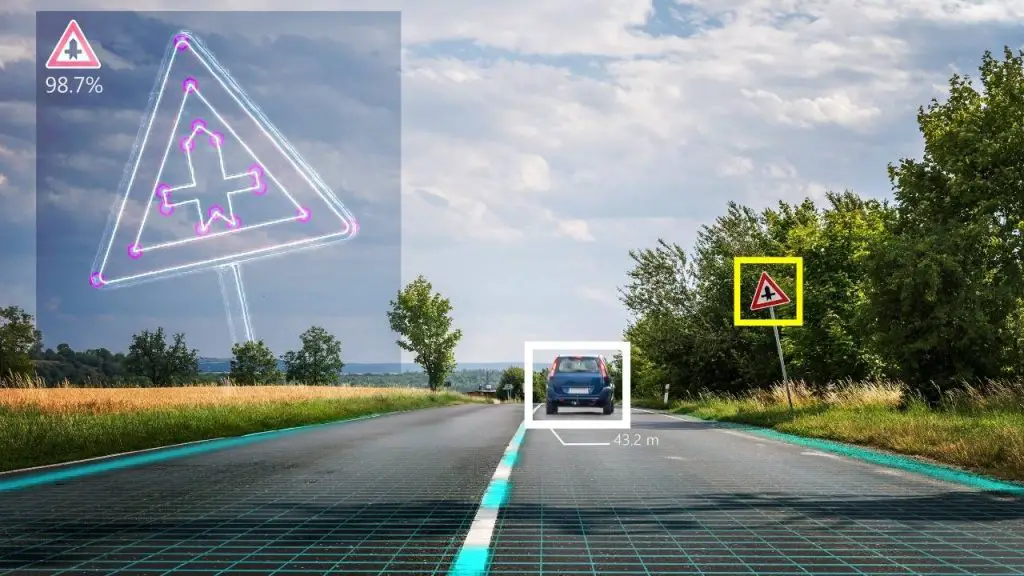These are few common occurrences on a daily basis for an Uber/Lyft driver. Self-driving taxis will also face these problems. These corner cases must be addressed by self-driving software.
1. Sometimes GPS does not give exact pickup and drop off location:
Taxi drivers depend on GPS maps heavily. Specially Uber/Lyft drivers. But there are cases where GPS guides to the backside of a house, wrong entrance, even wrong road because of faulty GPS map data.
2. Riders who make a mess:
Though puking passengers is very rare but not unheard of. Sometimes passenger leaves napkins, empty packet of chips, water bottles. Are self-driving taxis will continue taking passenger keeping a car’s inside dirty?
3. Traffic Enforcement Agent/Police/construction worker’s gesture control of traffic flow:
On a daily basis, there are numerous scenarios where TEA, police, construction worker controls traffic flow by hand gesture or vocal instruction. The Traffic Light is green but police will instruct to stop, sometimes during local bridge construction, building construction, utility works, road works two-way roads become a one-way road. Construction worker controls the traffic flow either by hand gesture, Stop-Slow sign, or vocal instruction. Self-driving taxis need to understand these real-world situations and act accordingly.
4. Local Taxi Rules:
Let’s look at an example. NYC TLC controls all yellow, green, black cab, and uber/lyft taxi in NYC. They have strict laws. Outside NYC such as Westchester County (NY), or Nassau County (NY) has its own local taxi law. If you want to pick up passengers inside the NYC area your vehicle must have a TLC plate. If a taxi comes from outside to NYC to drop off a passenger, that taxi can’t pick up any passengers inside NYC. That taxi needs to go back to Westchester County or Nassau County to pick up the next passenger. From Westchester county, if you go to New Jersey or Connecticut to drop off a rider, you have to come back to New York State to pick up your next rider. If an NYC cab goes to Westchester county he can’t take a passenger who will go to another place in Westchester county. He/She can only take passengers who will come back to NYC.
5. Where to wait between trips:
Uber/Lyft is not busy all the time. There are a lot of downtimes. Sometimes there is a wait period between trips 10 to 15 minutes. Sometimes it could be 30 minutes. At that time uber/lyft drivers normally park their vehicle at a safe location and wait for the next call. Where these self-driving taxis will wait? Fire hydrant? metered parking space? – during the waiting period what if a traffic enforcement agent sees it and gives a ticket. Self-driving taxis also needs to read a sign on the side of the road regarding parking rules. In suburban areas sometimes there are no designated places to park.
6. Where to stop to pick up passengers:
After reaching the pickup location uber/lyft drivers have to wait a few minutes for the passenger to show up. There are roads which are too narrow to stop for passenger pickup because other cars would not be able to pass. There are situations where stopping on the road is dangerous for passenger pick up. Sometimes GPS guides to the opposite side of the road from where passenger standing and crossing the road for passenger is not possible. These corner cases must needs to be addressed.
7. Lost property:
It’s not uncommon for riders to leave phone, money, and other valuables behind. How self-driving taxis going to return those lost property? What if the next passenger takes what previous passenger left behind?
8. What to do in case of an accident:
When there are thousands of self-driving taxis on the road, there could be an accident even though self-driving taxis are not at fault. In that case, what’s going to happen?
9. What if the wrong passenger takes the ride:
There are cases where the wrong passenger takes the ride. Though it’s not a major problem to solve, but still needs to be addressed.
10. Event drop off and pickup:
During an event, road closure surrounding the event location is common. Heavy traffic is normal. Even though dropping off is not a problem, picking up after an event is sometimes a nightmare. Heavy traffic, thousands of people, how to go to the exact location for pickup, where to stop is sometimes very challenging.
11. Airport drop off and pickup:
Airport drop-offs and pickups are daily occurrences. Which terminal, arrival or departure, if departure which airlines, if pickup where your rider is standing out of hundreds of people?
12. Long pickup distance:
If you are inside city uber/lyft drivers get passengers who are within 4-5 minutes away. But if you drive outside the city, sometimes call comes from far away. Passenger pickup at 8-10 miles away is not uncommon. Late at night, it could be even 14-16 miles away. Depending on the situation we sometimes pickup, sometimes we reject those calls. Are self-driving taxis going to accept every trip?
